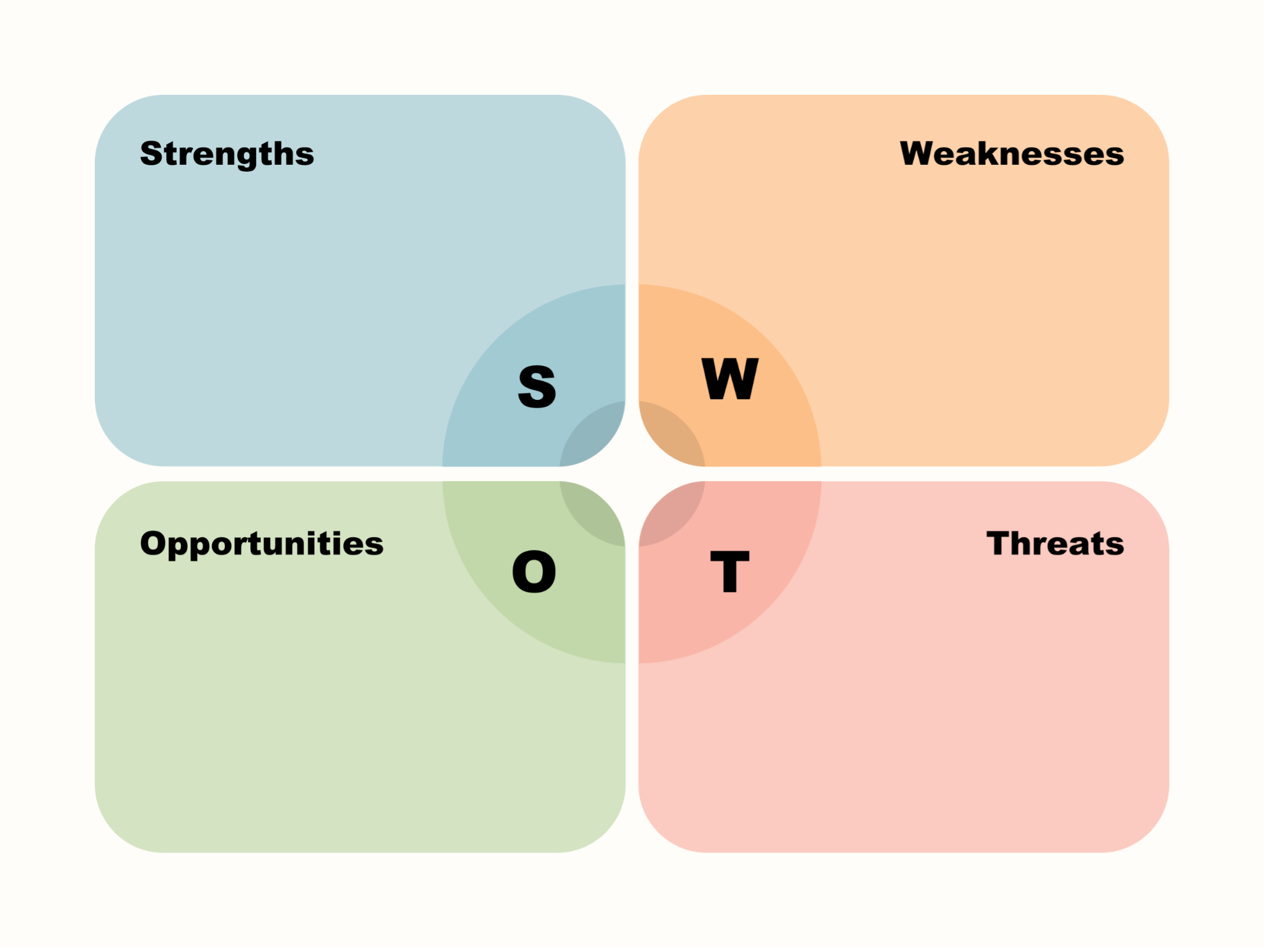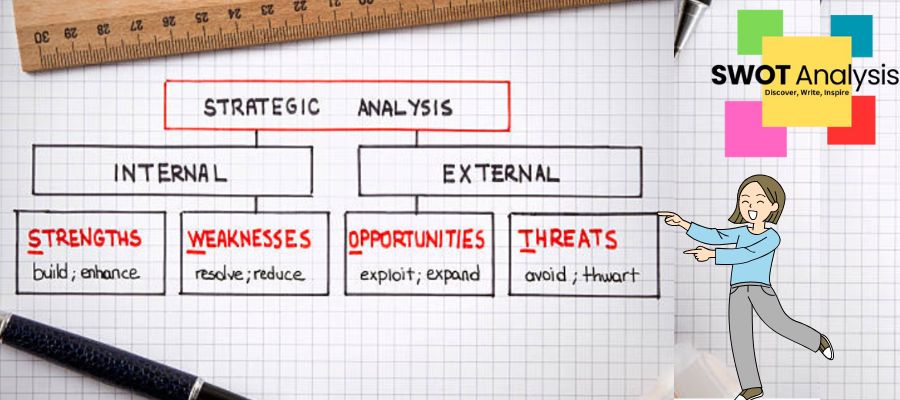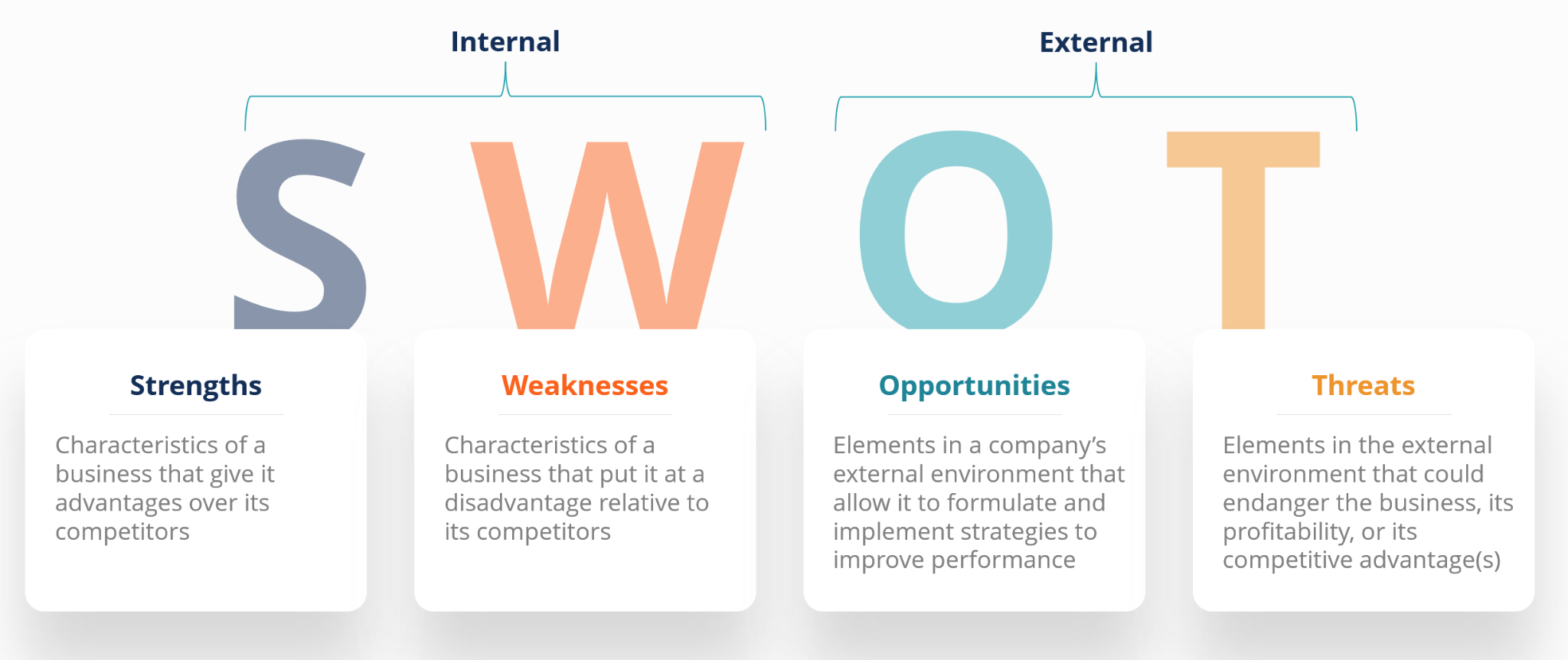Which Of The Following Best Defines A Swot Analysis

In today's competitive landscape, understanding your business's strengths and weaknesses is crucial for strategic decision-making. One of the most popular tools for this assessment is the SWOT analysis. But what exactly does a SWOT analysis entail?
This article aims to clarify the core components of a SWOT analysis, providing a comprehensive understanding of its purpose, methodology, and application. We will explore how this framework helps organizations identify key internal and external factors that influence their success.
Defining SWOT: A Comprehensive Framework
A SWOT analysis is a strategic planning tool used to evaluate the Strengths, Weaknesses, Opportunities, and Threats involved in a project or business venture. It provides a structured approach to assess both internal and external environments.
This framework enables organizations to make informed decisions based on a clear understanding of their current position and the potential future challenges and advantages. The goal is to leverage strengths, minimize weaknesses, capitalize on opportunities, and mitigate threats.
The Four Pillars of SWOT
The SWOT analysis is built upon four key elements: Strengths, Weaknesses, Opportunities, and Threats. Each element plays a vital role in shaping the overall strategic direction.
Strengths are the internal attributes and resources that give an organization an advantage over others. These can include factors such as a strong brand reputation, innovative technology, or a skilled workforce. Identifying strengths allows an organization to build upon its competitive advantages.
Weaknesses are internal factors that hinder an organization's performance or place it at a disadvantage. Examples include outdated equipment, lack of training, or poor marketing strategies. Acknowledging weaknesses is crucial for developing strategies to address them.
Opportunities are external factors that an organization can exploit to its advantage. These might include emerging markets, technological advancements, or changes in government regulations. Capitalizing on opportunities can lead to growth and increased profitability.
Threats are external factors that can potentially harm an organization's performance or survival. Examples include increased competition, economic downturns, or changing consumer preferences. Preparing for threats is essential for mitigating potential risks.
How a SWOT Analysis is Conducted
Conducting a SWOT analysis typically involves a collaborative effort from different departments and levels within an organization. This ensures a comprehensive and diverse perspective.
The process usually begins with brainstorming sessions to identify potential strengths, weaknesses, opportunities, and threats. Data collection and analysis are then performed to validate these findings. This can involve market research, customer surveys, and competitor analysis.
Once the data is collected, it is organized into a matrix format. This visual representation allows for a clear understanding of the interrelationships between the four elements. Strategies are then developed based on the insights gained from the matrix.
The Significance of a SWOT Analysis
The significance of a SWOT analysis lies in its ability to provide a clear and concise overview of an organization's strategic position. It enables businesses to make informed decisions based on a thorough understanding of their internal and external environments.
By identifying key strengths and weaknesses, organizations can focus on leveraging their advantages and addressing their shortcomings. This can lead to improved efficiency, increased profitability, and a stronger competitive position.
Furthermore, a SWOT analysis helps organizations to anticipate potential opportunities and threats. This allows them to proactively develop strategies to capitalize on emerging trends and mitigate potential risks.
Real-World Applications
A SWOT analysis can be applied in various contexts, from launching a new product to evaluating an existing business strategy. Companies of all sizes and across all industries can benefit from this tool.
For example, a small business might use a SWOT analysis to determine the feasibility of entering a new market. A large corporation might use it to assess the impact of a potential merger or acquisition.
The flexibility and adaptability of the SWOT analysis make it a valuable tool for strategic planning in a wide range of situations. It promotes a data-driven approach to decision-making, leading to more effective and sustainable strategies.
Potential Impact on the Audience and Society
The use of SWOT analysis by organizations can have a significant impact on both the audience and society. By making informed decisions, businesses can improve their products and services, create jobs, and contribute to economic growth.
Moreover, a SWOT analysis can help organizations to identify and address social and environmental challenges. This can lead to more sustainable business practices and a positive impact on the community.
Ultimately, the adoption of strategic planning tools like SWOT analysis can lead to a more resilient and responsible business sector. This benefits not only the organizations themselves but also the wider society.
Conclusion
In conclusion, a SWOT analysis is a powerful strategic planning tool that helps organizations understand their internal and external environments. By identifying Strengths, Weaknesses, Opportunities, and Threats, businesses can make informed decisions and develop effective strategies.
This framework promotes a data-driven approach to decision-making and helps organizations to leverage their advantages, address their shortcomings, capitalize on opportunities, and mitigate potential risks. The result is improved performance, increased profitability, and a stronger competitive position.
Whether you are a small business owner or a corporate executive, understanding the principles of SWOT analysis is essential for achieving your strategic goals. Embracing this framework can pave the way for a more successful and sustainable future.
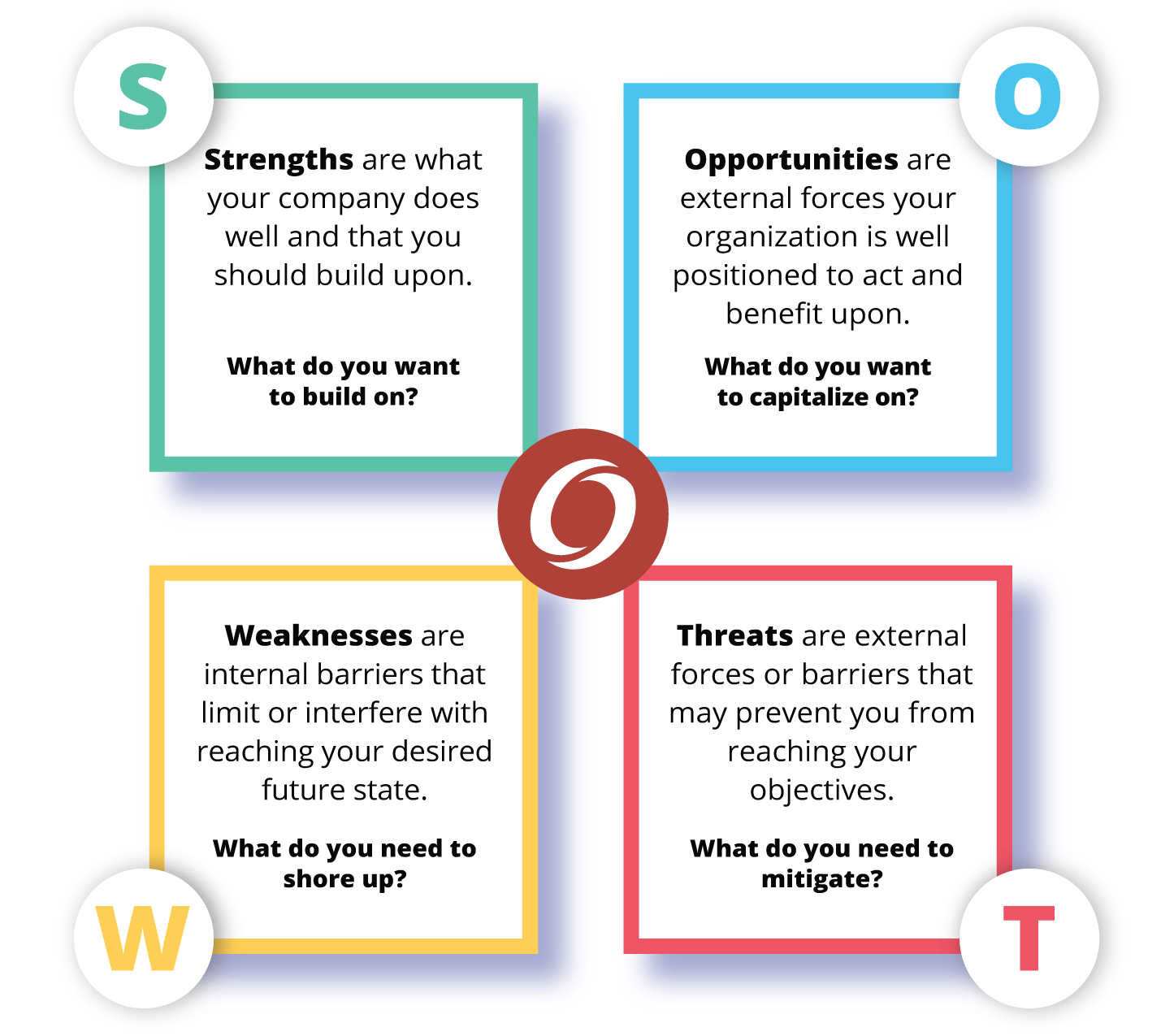

![Which Of The Following Best Defines A Swot Analysis SWOT Analysis: How To Do One [With Template & Examples] - Blog](https://blog.hubspot.com/hs-fs/hubfs/swot-analysis-example.jpg?width=3000&height=2000&name=swot-analysis-example.jpg)
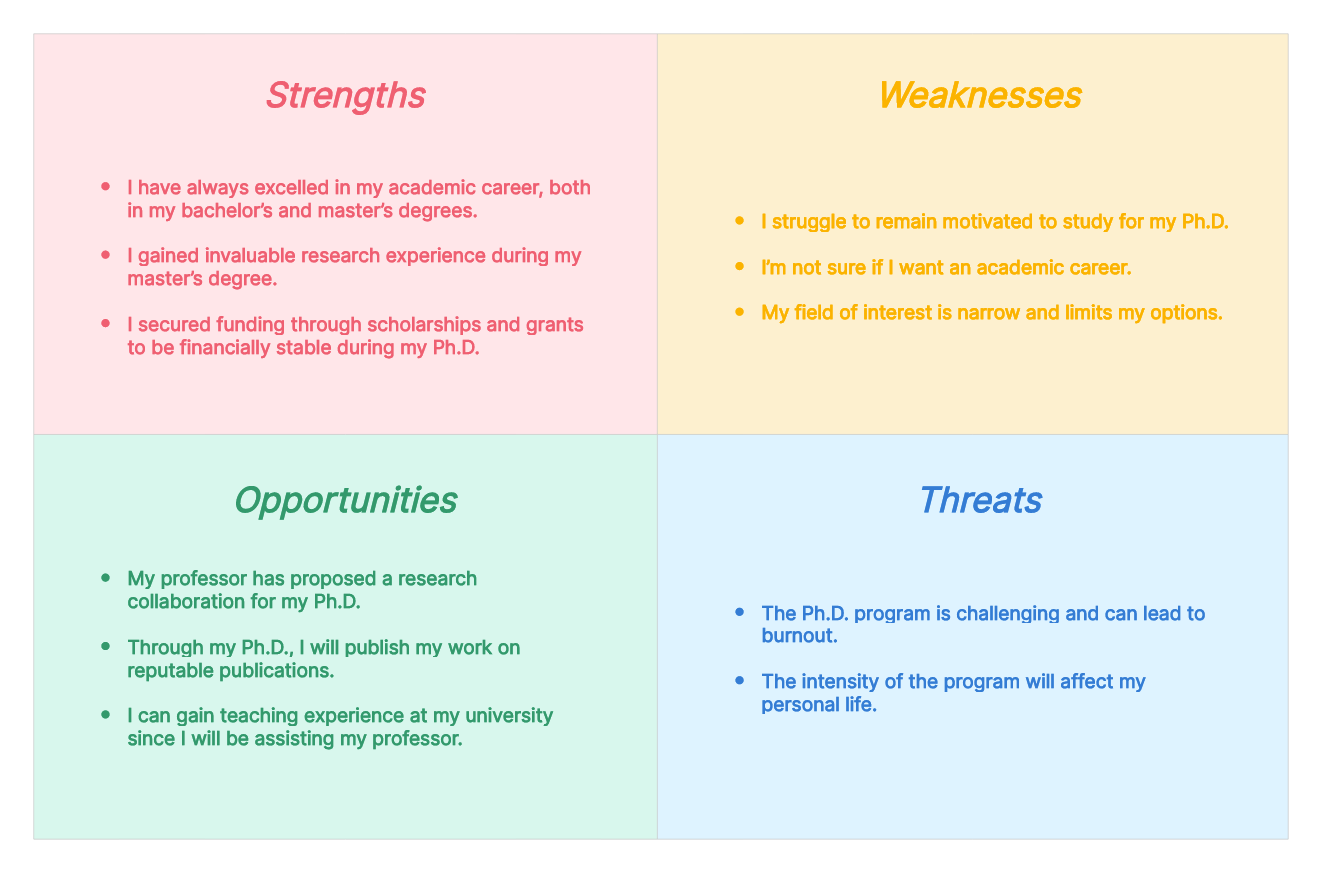
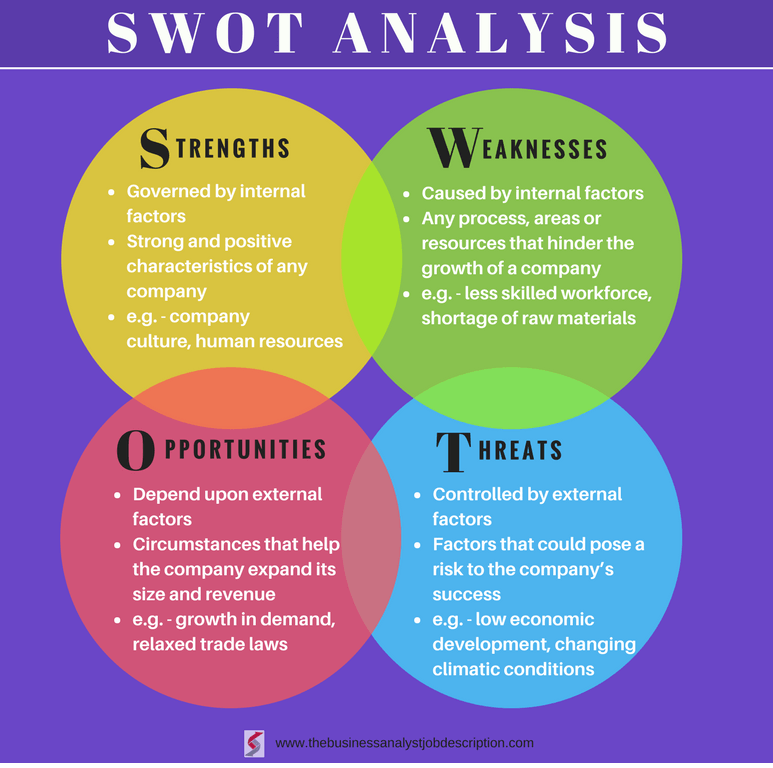
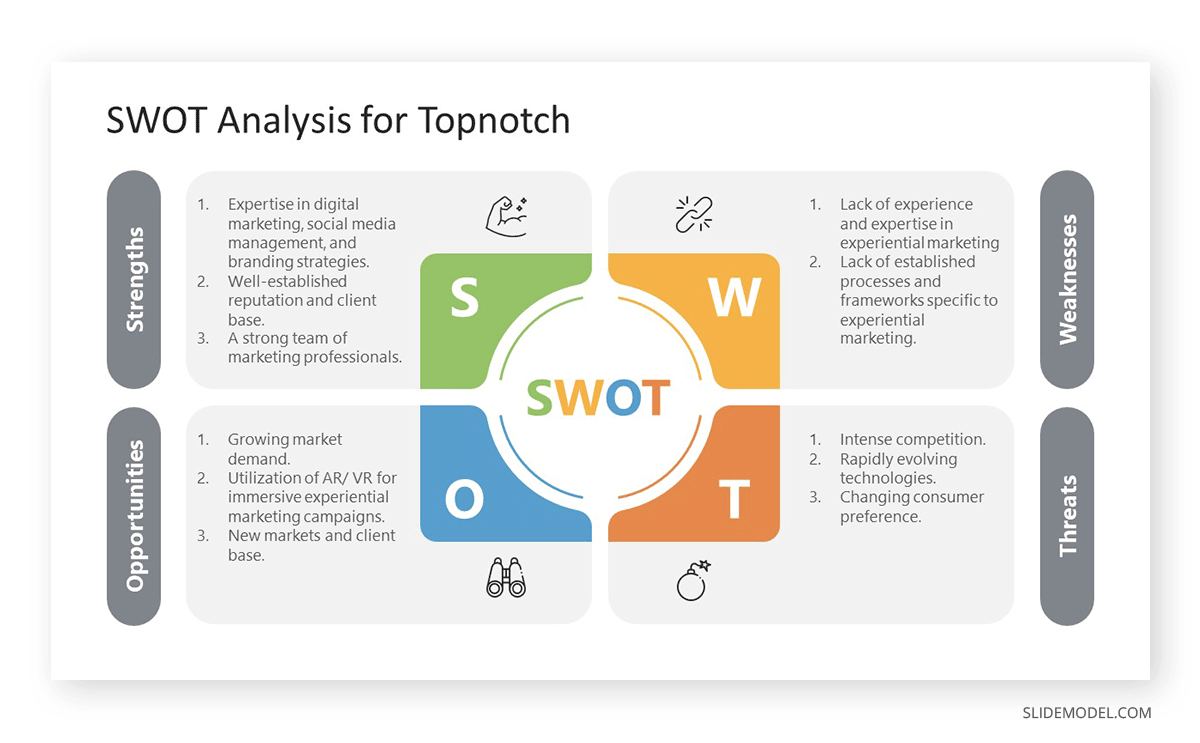
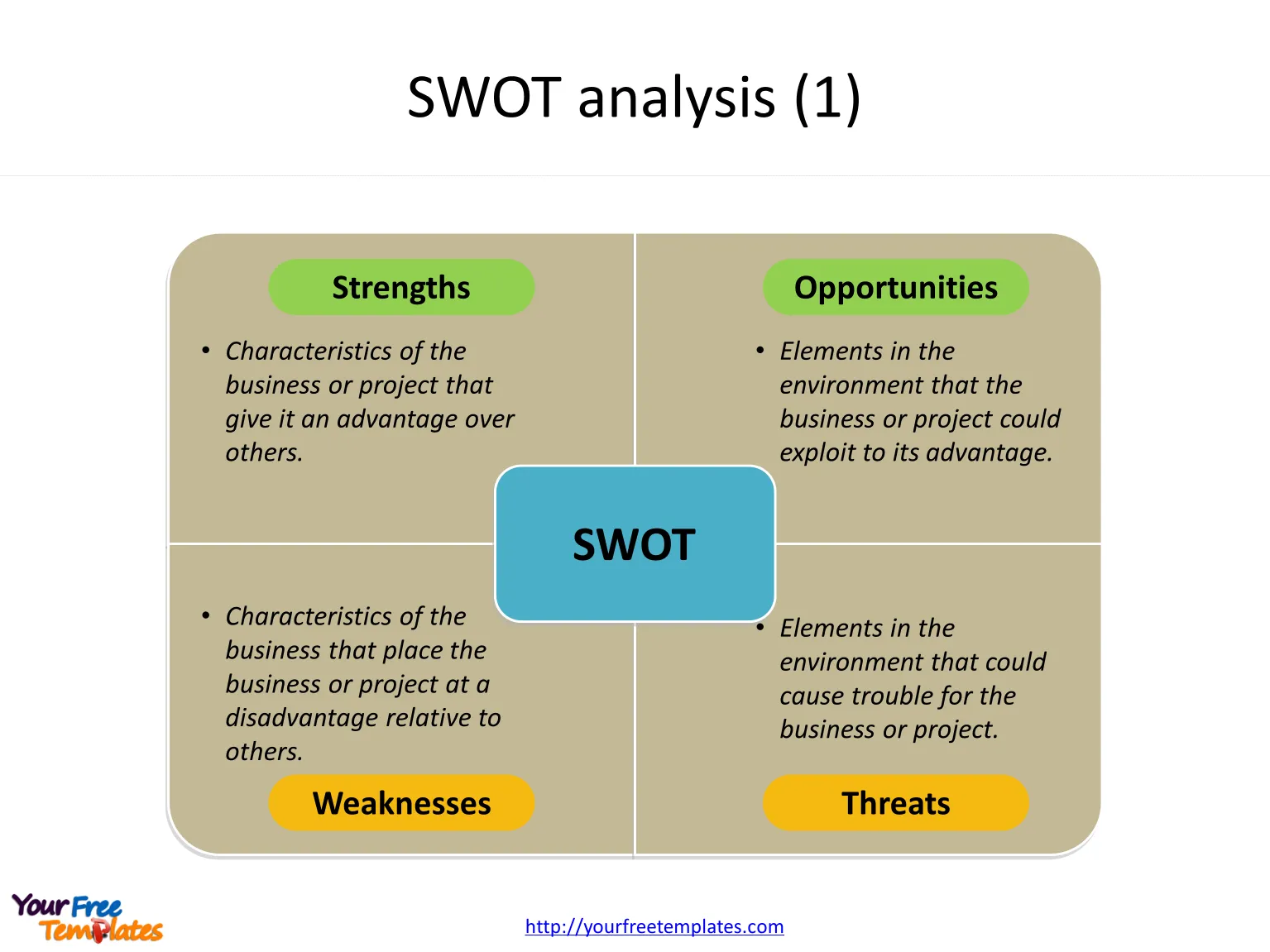

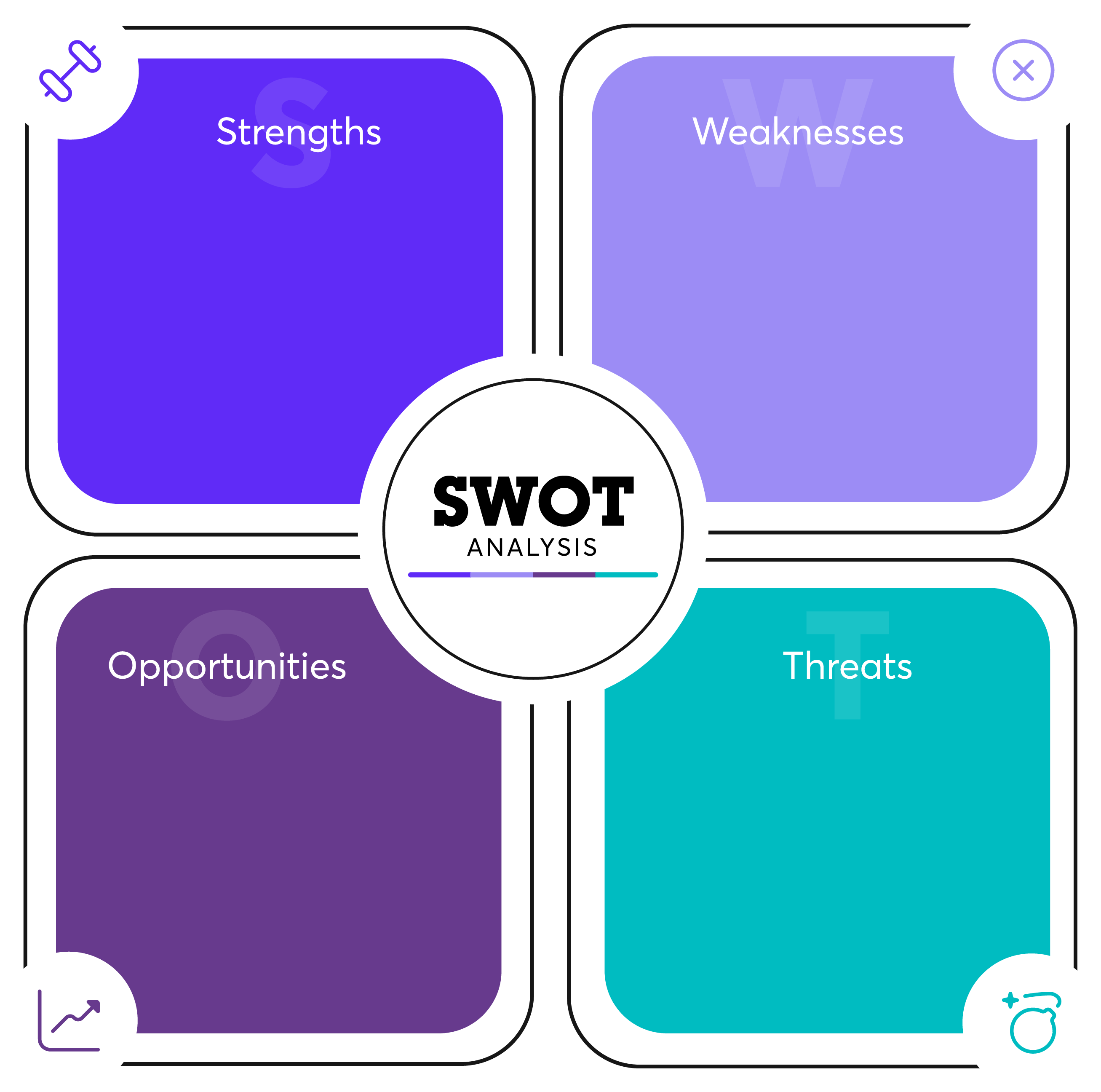
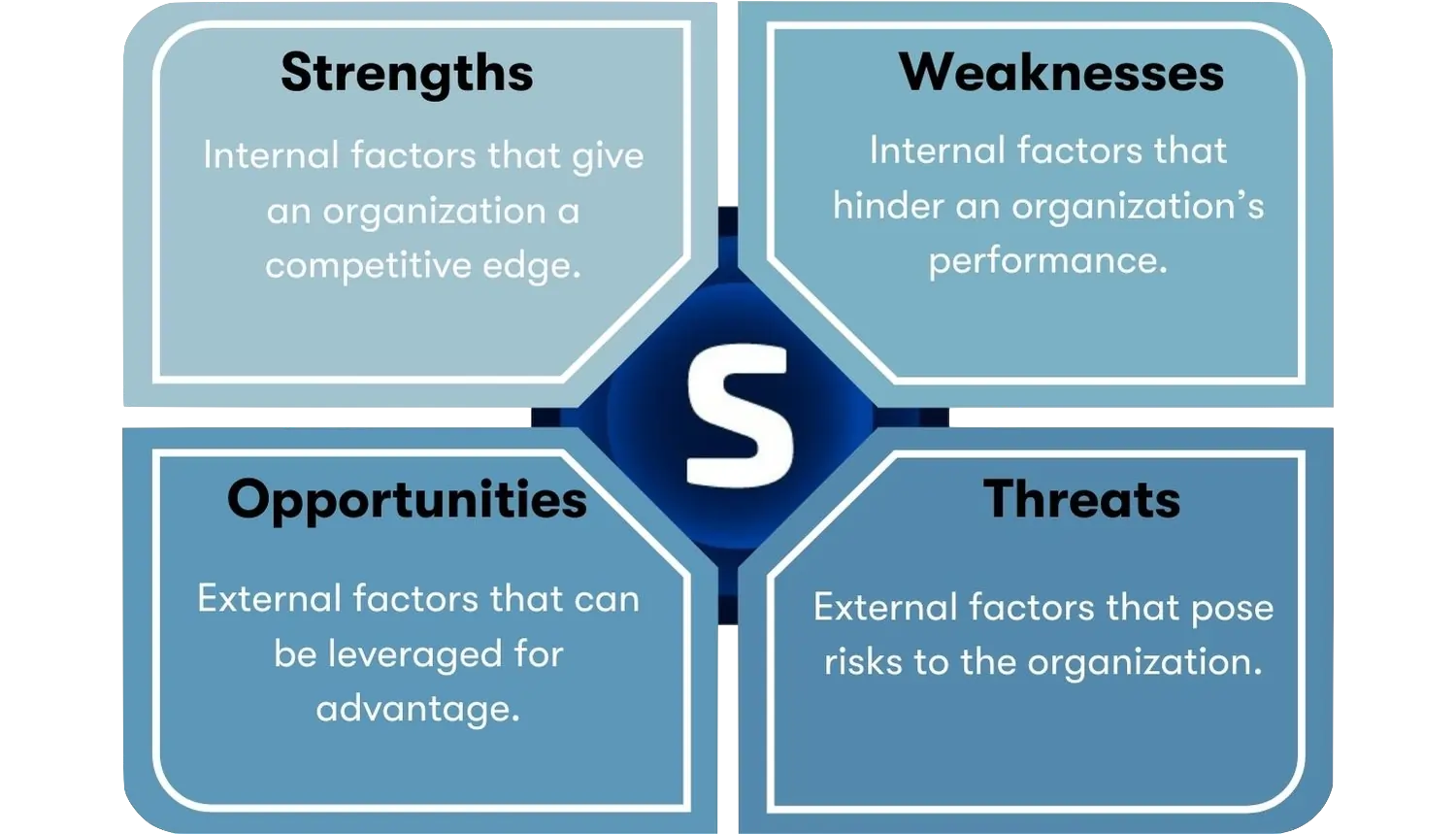



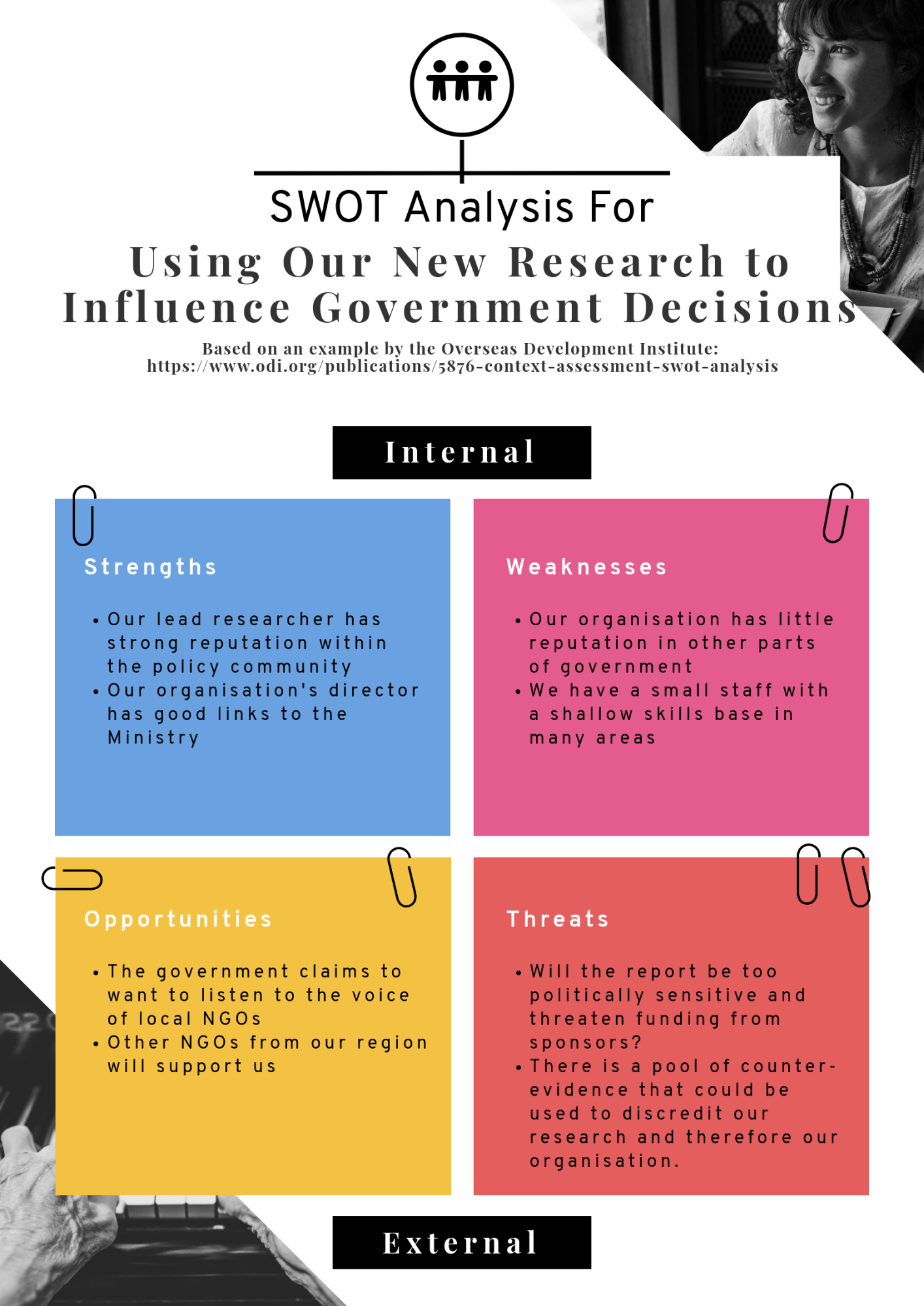
![Which Of The Following Best Defines A Swot Analysis How to do a SWOT analysis [with examples & templates] — BiteSize Learning](https://images.squarespace-cdn.com/content/v1/6348398d9d21fd6277c64f96/485e7404-ef4b-40fb-8cf4-84f14580fe43/swot+analysis+matrix+diagram+templates.png?format=500w)
